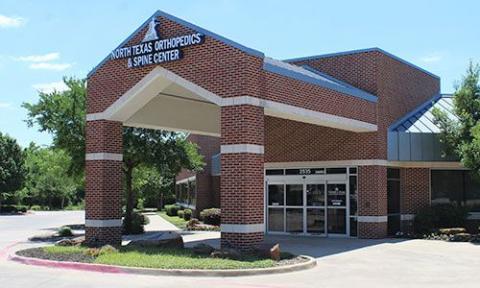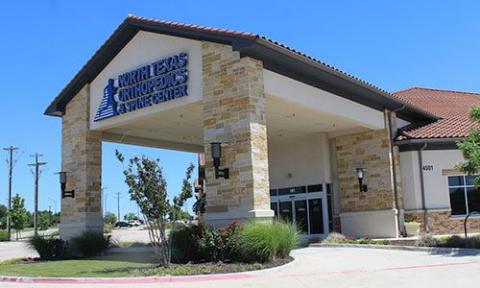Understanding Fracture of the Heel Bone (Calcaneus): Causes, Treatment, and Recovery
A fracture of the heel bone, or calcaneus, is a serious injury that often results from high-impact trauma. As the largest bone in the foot, the calcaneus plays a critical role in weight-bearing and movement. A fracture to this bone can lead to significant pain, swelling, and long-term complications if not treated properly. In this blog post, we will explore the causes, symptoms, treatment options, and recovery process for calcaneus fractures.
What is a Calcaneus Fracture?
A calcaneus fracture refers to a break in the heel bone, which is located at the back of the foot. This type of fracture often occurs due to high-energy injuries and can significantly impact a person’s ability to walk and bear weight.
Causes of Calcaneus Fractures
Common causes of calcaneus fractures include:
- Falls from height: Landing on the feet from a significant height, such as falling off a ladder or building, is a primary cause.
- Motor vehicle accidents: High-impact collisions can result in severe heel bone fractures.
- Sports injuries: Activities that involve intense pressure on the heel, like basketball or gymnastics, can lead to fractures.
- Stress fractures: Repeated stress or overuse can cause small cracks in the calcaneus over time.
Symptoms of a Calcaneus Fracture
Signs of a calcaneus fracture may include:
- Severe pain and swelling in the heel
- Bruising and tenderness at the back of the foot
- Inability to bear weight or walk
- Deformity or widening of the heel
- Limited range of motion in the ankle
Diagnosing a Calcaneus Fracture
A healthcare provider can diagnose a calcaneus fracture through:
- Physical examination: Checking for swelling, deformity, and tenderness in the heel.
- Imaging tests: X-rays, CT scans, or MRIs to assess the location and severity of the fracture.
Treatment Options for Calcaneus Fractures
Treatment depends on the severity of the fracture and may include:
Non-Surgical Treatments
- Immobilization: Using a cast or splint to keep the foot stable and allow the bone to heal.
- Non-weight bearing: Patients may need to use crutches to avoid putting pressure on the heel for several weeks.
- Pain management: Over-the-counter or prescribed pain relievers to reduce discomfort.
Non-surgical treatments are generally recommended for minor, non-displaced fractures.
Surgical Treatments
Surgery is often necessary for complex or displaced fractures. Common surgical procedures include:
- Open reduction and internal fixation (ORIF): Realigning the bone fragments and securing them with plates and screws.
- External fixation: Using an external device to stabilize the bone when internal fixation is not feasible.
Recovery After a Calcaneus Fracture
Recovery times vary but generally include:
- Initial healing: Swelling and pain may persist for several weeks. Elevation and ice therapy can help manage symptoms.
- Rehabilitation: Physical therapy is essential for restoring strength, flexibility, and mobility in the foot and ankle.
- Gradual weight-bearing: Patients transition to bearing weight on the affected foot under medical supervision.
- Full recovery: Most patients resume normal activities within 3-6 months, though complex fractures may require a year or more to heal fully.
Potential Complications
Calcaneus fractures can lead to complications, including:
- Post-traumatic arthritis: Damage to the joint surfaces may result in chronic pain and stiffness.
- Delayed healing or nonunion: Incomplete bone healing can prolong recovery.
- Nerve or blood vessel injury: Rare but possible during severe trauma or surgery.
Preventing Calcaneus Fractures
To reduce the risk of a calcaneus fracture:
- Use proper safety equipment when working at heights or engaging in high-impact sports.
- Wear supportive footwear to minimize stress on the feet.
- Practice proper landing techniques in activities involving jumps or falls.
- Maintain a healthy weight to reduce pressure on the bones.
Conclusion
A calcaneus fracture is a serious injury that requires prompt medical attention and a comprehensive treatment plan. Whether treated conservatively or surgically, proper care and rehabilitation are crucial for ensuring optimal recovery. If you suspect a calcaneus fracture, consult a healthcare professional immediately to begin the appropriate treatment.
For more information on foot and ankle health, explore our blog or schedule a consultation with one of our specialists today.



